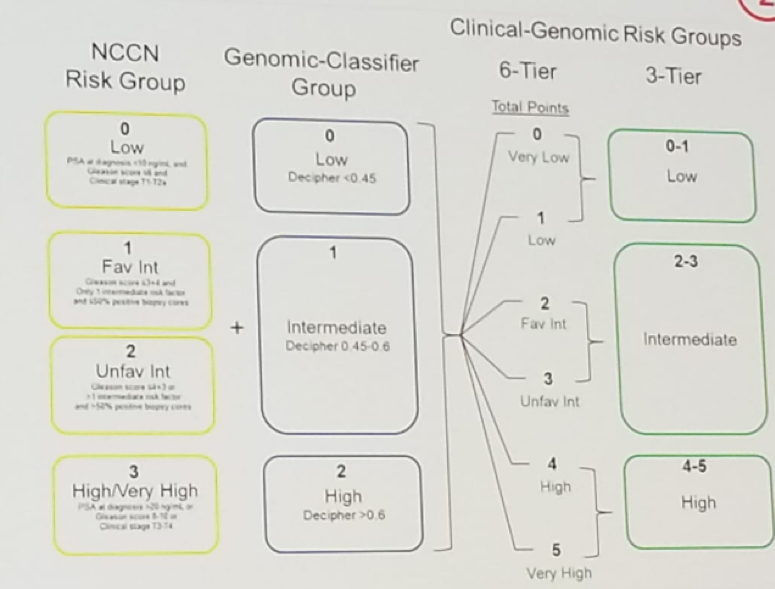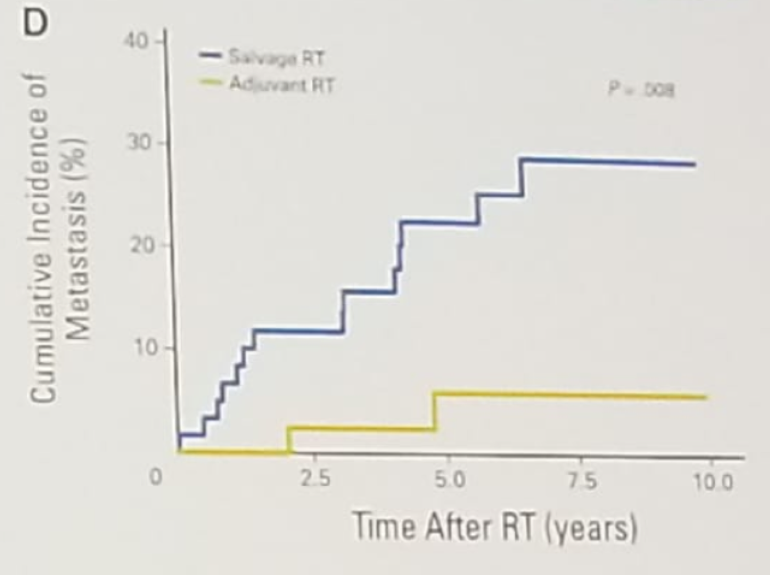Barcelona, Spain (UroToday.com) Dr. Bossi presented the perspective of the radiation oncologist in the treatment of prostate cancer. The first topic discussed was the recommended use of hypofractionated radiotherapy for prostate cancer patients referred for radiotherapy. In hypofractionated radiotherapy, the total dose of radiation is divided into large doses and treatments are given once a day or less often. Hypofractionated radiation therapy is given over a shorter period of time (fewer days or weeks) than standard radiation therapy and entails a significant advantage compared to the older and longer standard radiotherapy that was used in the past. Using hypofractionation, or hypofractionated radiation therapy, more doses of radiation are delivered per treatment, so patients can complete their course of radiation therapy much faster than conventional treatment.
Some patients are eligible for extreme hypofractionation or SBRT (stereotactic body radiation therapy), which, when appropriate, can shave weeks off the traditional treatment length with the possibility of fewer short term side effects and a better quality of life for our patients.
Next, Dr.Bossi mentioned the advantage of creating clinical-genomic risk groups, using the Decipher® genomic classifier, for instance (Figure 1). The Decipher® is a clinically approved RNA-based 22-gene genomic classifier (Decipher ®, GenomeDx BioSciences) and has been validated as a stratification tool for risk of metastatic relapse and prostate cancer-specific mortality and for predicting response to postoperative radiotherapy. Additionally, the 22-gene genomic classifier has been included in a novel clinic-genomic classification that was proposed to represent a more precise method for risk-stratifying localized prostate cancer.
Figure 1 – Clinical Genomic Risk Groups:
These genomic classifiers such as Decipher® can identify men with adverse pathology after radical prostatectomy who may benefit from adjuvant radiotherapy1 These identified men will react extremely well to adjuvant radiotherapy when compared to salvage radiotherapy (Figure 2).
Figure 2 – Comparison of Adjuvant and Salvage Radiotherapy After Radical Prostatectomy in Patients with High Risk Clinical Genomic Classifier:
Summarizing his short discussion, Dr. Bossi stated that these two mentioned points are critical to understand, especially for urologists. The usage of hypofractionated radiotherapy is a serious upgrade and should be utilized wherever possible. Lastly, usage of the clinic-genomic classifiers is going to evolve in the future and be incorporated in risk calculators and models of decision making.
Presented by: Alberto Bossi, MD, Head of the Urology and Prostate Brachytherapy Unit at the Department of Radiation Oncology at the Gustave Roussy Cancer Institute in Villejuif, France
Written by: Hanan Goldberg, MD, Urologic Oncology Fellow (SUO), University of Toronto, Princess Margaret Cancer Centre @GoldbergHanan at the 34th European Association of Urology (EAU 2019) #EAU19 conference in Barcelona, Spain, March 15-19, 2019.
Reference:
Den RB. et al. Genomic classifier identifies men with adverse pathology after radical prostatectomy who benefit from adjuvant radiation therapy. J Clin Oncol. 2015 Mar 10;33(8):944-51. doi: 10.1200/JCO.2014.59.0026. Epub 2015 Feb 9.


